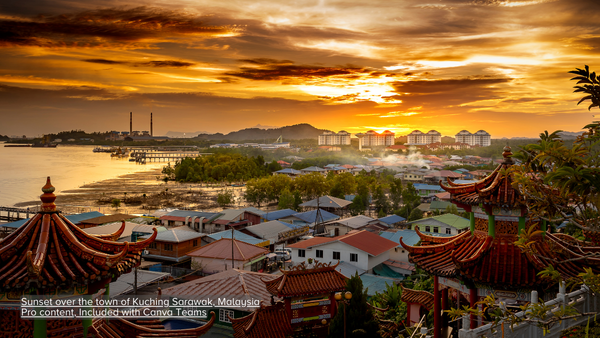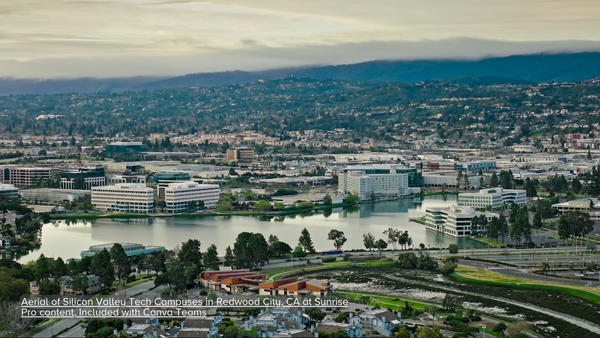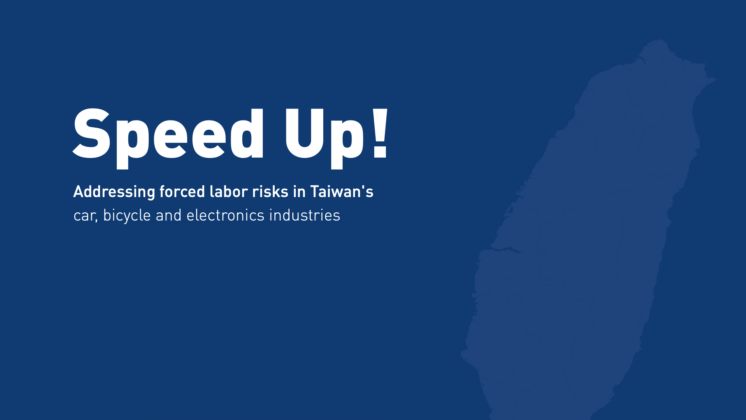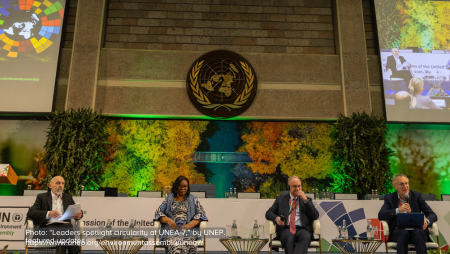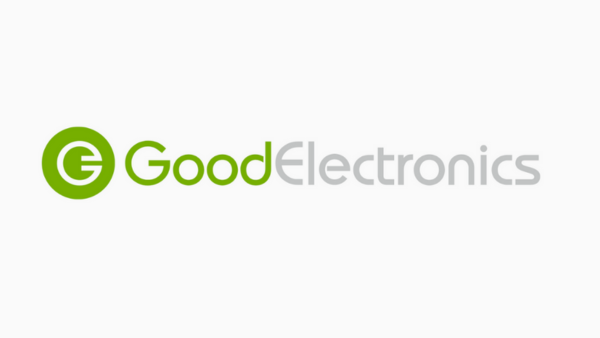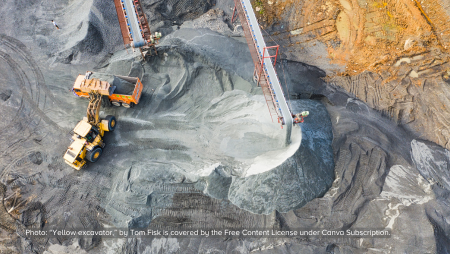Indonesia is one of the biggest nickel global producers. The country reserves at least 25% of the world’s nickel resources. Indonesia is also rich in cobalt and copper, two other minerals for EV battery production. The country aspires to be a global EV battery production hub. The economic value of the industry is significant. Nickel and EV batteries could result in annual revenues of USD 8.52 billion.
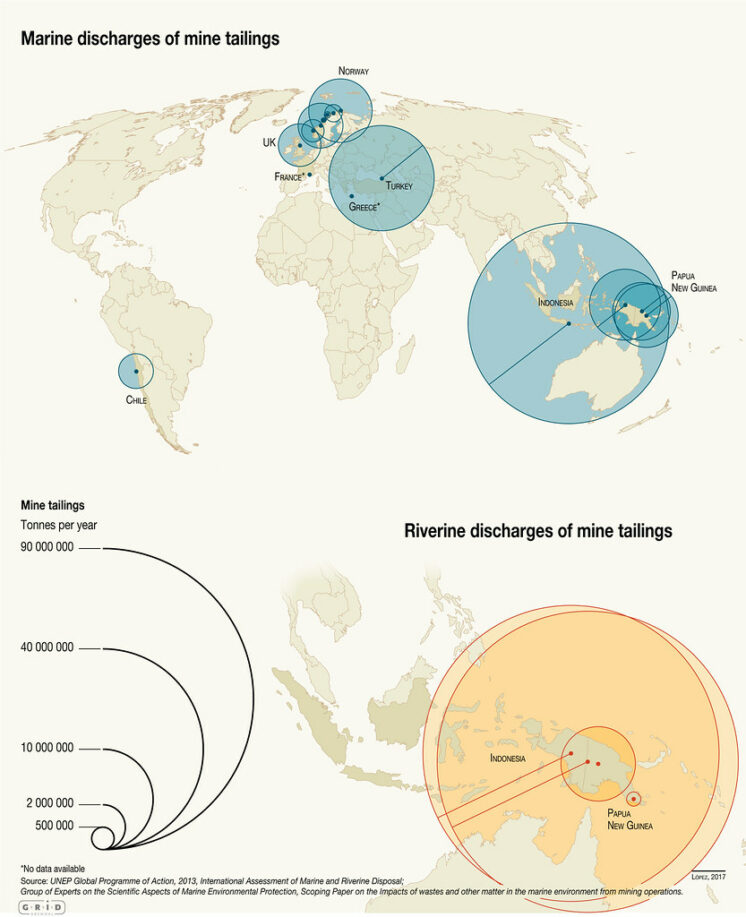 Photo: "Marine discharges of mine tailings" by GRIDArendal is licensed under CC BY-NC-SA 2.0
Photo: "Marine discharges of mine tailings" by GRIDArendal is licensed under CC BY-NC-SA 2.0 However, villagers in North Morowali Regency where some of the nickel minings are operating, facing the consequences. The lake where they used to fish now turned brownish red due to sediment of the mining site. Their income has dwindled as they catch fewer fish.
Despite what the villagers are facing, the government of Indonesia continues to move forward with its plan. Nickel smelter construction is one of the national priority projects. The president of Indonesia also signed a new bill that would smoothen investment, land acquisition, and environmental permits.
Indonesia has signed an agreement with the world’s largest EV battery make, Contemporary Amperex Technology Co. Ltd., for a lithium battery plant to start production in 2024. Another big player in the industry, LG Group, also is constructing an integrated electric battery factory. Humor has it Tesla is sending its representative to see the possibility of producing batteries in Indonesia.
One of the biggest concerns is the environmental impacts of nickel mining. All process of nickel extraction produces mud waste called tailing. The mud waste is laden with toxic heavy metals such as arsenic. The easiest way to throw away the mud waste is by dumping it into the sea waters called deep-sea tailings disposal (DSTD).
The DSTD threatens the biodiversity in Morowali and Obi island waters. The smelters will dump more than 30 million tonnes of tailing per year into the ocean at a depth of 250 meters. The government of Indonesia has not had any plan for environmental impact management.
Read more.

